The Roman Empire, a name that resonates through the annals of history, has seen many leaders, but few have left as indelible a mark as Emperor Trajan. Under his reign, the empire experienced an unparalleled territorial expansion, marking a golden age of Roman conquests. This article delves deep into this transformative era, painting a vivid picture of the challenges and triumphs that defined Trajan’s rule.
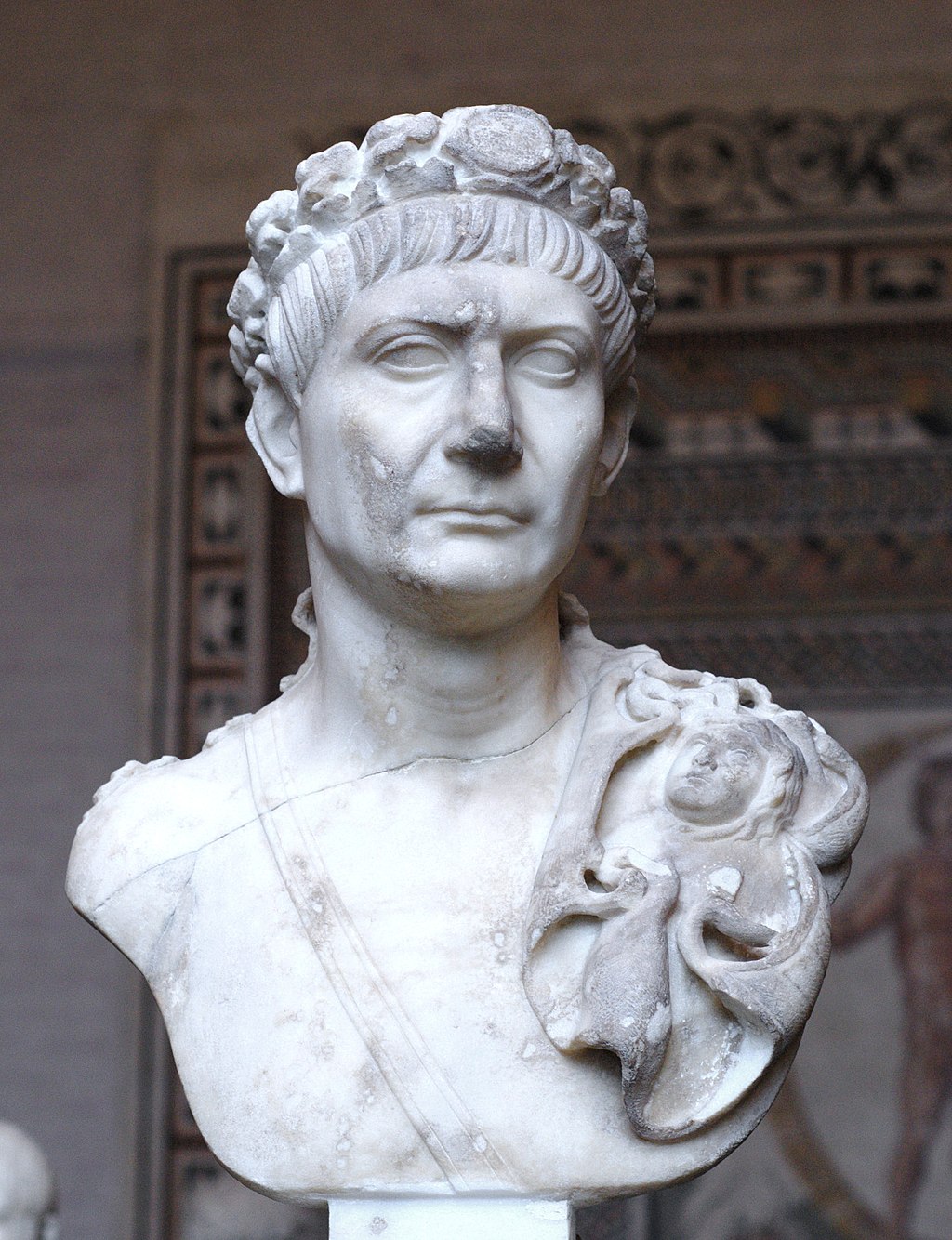
Rise of Trajan
Born in the Roman province of Hispania, Marcus Ulpius Traianus, better known as Trajan, ascended to the throne in 98 AD. Unlike many of his predecessors, Trajan was not born in the heart of Rome but came from a provincial background. This unique upbringing perhaps gave him a broader perspective on the vastness of the empire and the potential it held.
Territorial Gains
Under Trajan, the Roman Empire reached its maximum territorial extent. The conquest of Dacia (modern-day Romania) stands out as one of his most significant achievements. Not only did this campaign bring immense wealth into the empire’s coffers, but it also showcased Trajan’s military prowess. The famous Trajan’s Column in Rome, with its intricate carvings, chronicles this victorious campaign, serving as a testament to the emperor’s ambitions.
Beyond Dacia, Trajan’s forces marched eastward. The annexation of Nabatea expanded Roman influence into the Arabian Peninsula. But it was the conquest of parts of the Parthian Empire, including Mesopotamia, that truly underscored the might of Rome under Trajan. Cities like Ctesiphon, the Parthian capital, fell under Roman control, further solidifying the empire’s dominance.
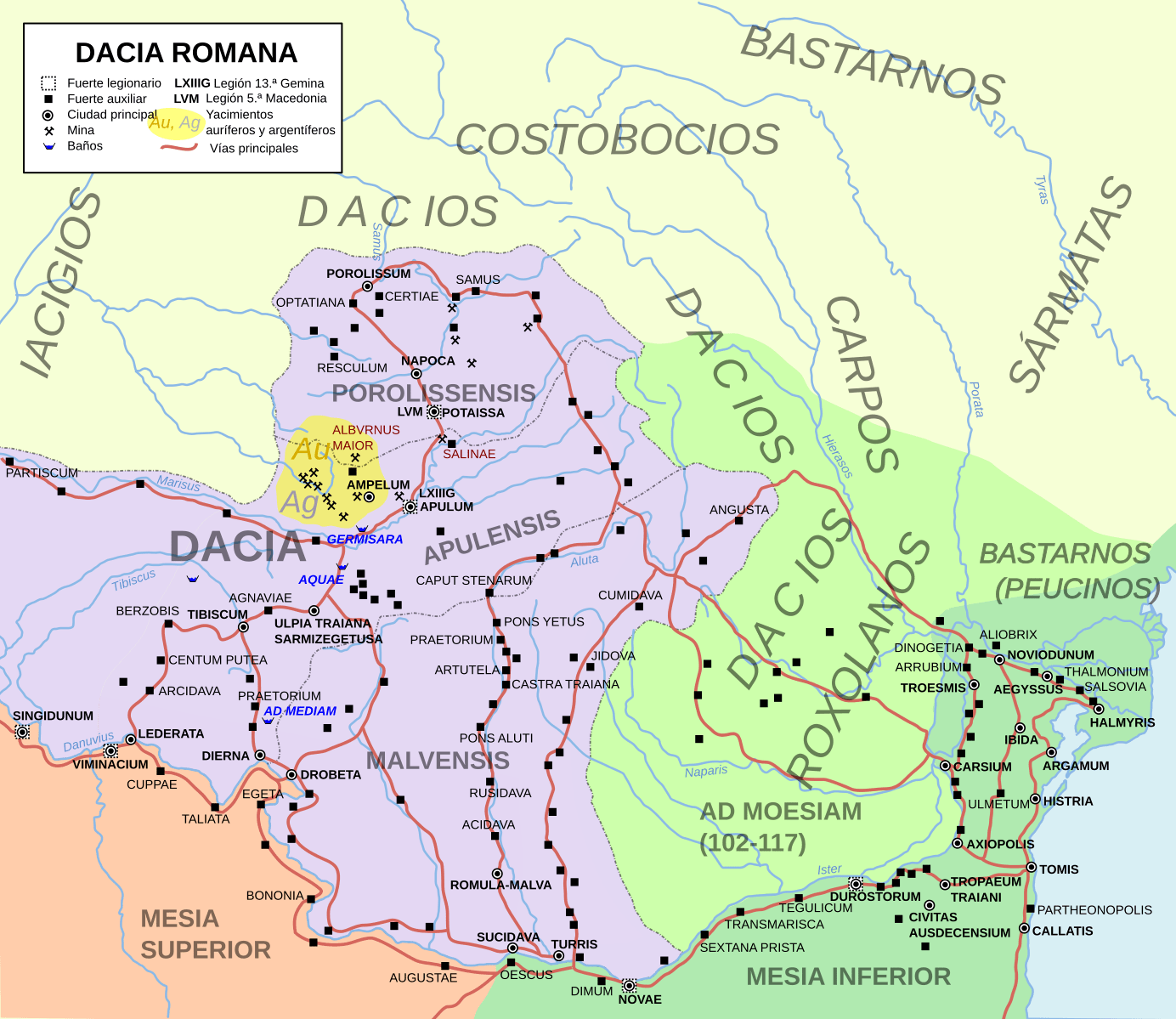
Challenges
While Trajan’s reign is often celebrated for its territorial gains, it wasn’t devoid of challenges. Expanding an empire of such magnitude brought logistical and administrative hurdles. Maintaining control over newly acquired territories, especially those far from Rome, required a delicate balance of military might and diplomacy.
Furthermore, the vastness of the empire meant diverse cultures, languages, and traditions. Integrating these into the Roman way of life, while ensuring that the local customs were respected, was no small feat. Trajan, with his provincial background, perhaps understood this better than most and worked towards a harmonious integration.
Economic & Cultural Impacts
The territorial expansions under Trajan were not just about adding land to the empire. They brought economic prosperity. Dacia, for instance, was rich in gold mines. The wealth from these conquests flowed into Rome, funding architectural marvels and public works that enhanced the quality of life for its citizens.
The influx of diverse populations introduced Rome to a myriad of art forms, philosophies, and religious practices. This cultural exchange enriched Roman society, leading to a renaissance of thought and creativity. Libraries, theaters, and forums buzzed with activity, as scholars, artists, and philosophers from different corners of the empire converged in Rome, sharing their knowledge and insights.
Infrastructure & Urban Development
Another noteworthy aspect of Trajan’s reign was the emphasis on infrastructure and urban development. The newly acquired wealth was not just hoarded or spent frivolously. Instead, it was channeled into projects that would benefit the public. Roads, bridges, aqueducts, and harbors were constructed throughout the empire, facilitating trade, communication, and military movement. The famed Trajan’s Market in Rome, often considered the world’s first shopping mall, is a prime example of the urban development that characterized this era.
Legacy of Trajan’s Expansion
While the territorial gains under Trajan were impressive, it’s essential to understand the broader implications of this expansion. The Roman Empire, in its vastness, became a beacon of stability in a turbulent world. The Pax Romana, or Roman Peace, was a period where trade, culture, and ideas flourished, largely due to the empire’s territorial integrity and administrative efficiency.
However, with expansion came overextension. Future emperors would grapple with the challenges of governing such a vast territory, leading to the eventual division of the empire into Eastern and Western halves. Yet, the golden age under Trajan set a benchmark, a period where Rome’s glory shone brightest.
Conclusion
The expansion of the Roman Empire under Trajan is not just a tale of military conquests. It’s a story of vision, ambition, and the drive to integrate diverse cultures under one banner. While challenges were aplenty, the era stands out as a testament to what visionary leadership can achieve.
For readers young and old, the narrative of Trajan’s reign serves as a reminder of the heights human civilization can reach with the right blend of ambition, strategy, and inclusivity. As we navigate the digital age, where borders are increasingly blurred, there’s much to learn from the golden age of Roman territorial gains.
The Dacian Wars
In the annals of Roman history, few military campaigns stand out as vividly as the Dacian Wars under Emperor Trajan. These wars, fought between 101-102 AD and 105-106 AD, were not just about territorial expansion; they were about gold, glory, and the indomitable spirit of the Roman legions.
Backdrop
Dacia, a region corresponding to modern-day Romania, was rich in natural resources, particularly gold. The Dacians, led by their astute king, Decebalus, had resisted Roman influence for years. However, their wealth and strategic location made them an irresistible target for the ambitious Trajan.
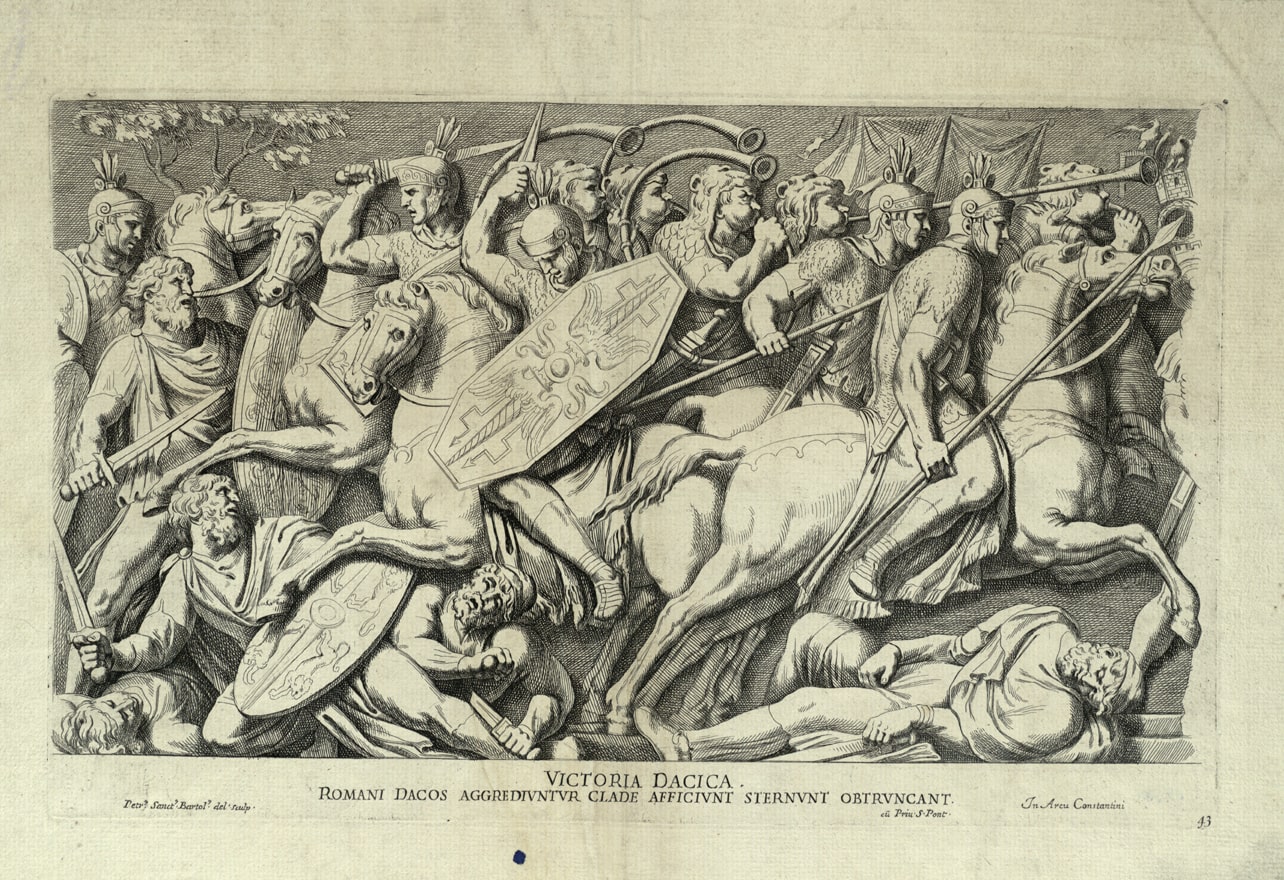
First Dacian War (101-102 AD)
Trajan, recognizing the potential challenges of a campaign in the mountainous Dacian terrain, meticulously prepared for the war. He commissioned the construction of a massive bridge over the Danube, a testament to Roman engineering prowess, to facilitate the movement of troops and supplies.
The Roman legions clashed with the Dacian forces in a series of battles. The war culminated in the Battle of Tapae, where the Romans emerged victorious. However, instead of annexing Dacia, Trajan established it as a client state under Roman suzerainty, with Decebalus retaining his throne but recognizing Roman supremacy.
Second Dacian War (105-106 AD)
The peace was short-lived. Decebalus, ever the defiant ruler, began fortifying his kingdom and seeking alliances to counter Roman influence. Trajan, viewing this as a breach of their agreement, launched a second campaign.
This war was more intense, with the Romans laying siege to the Dacian capital, Sarmizegetusa. After fierce resistance, the city fell. Decebalus, in a final act of defiance, took his own life to avoid capture. Trajan, having achieved complete victory, annexed Dacia as a Roman province, tapping into its vast gold reserves to fund projects in Rome, including the famous Trajan’s Column, which chronicles these wars in intricate detail.
Legacy
The annexation of Dacia bolstered Rome’s coffers and showcased Trajan’s military genius. However, it also extended the empire’s borders, adding to the challenges of defending its vast territories.
What do you think was Trajan’s greatest achievement as emperor 🏆 ? Share your thoughts below 💭!
Trajan’s Eastern Odyssey
The Roman Empire, under the leadership of Emperor Trajan, embarked on a series of expansions that would etch its name in golden letters across the annals of history. Among these conquests, the annexation of Nabatea stands out, not just for its military significance, but also for the cultural and trade implications it brought to the Roman world.
Desert Kingdom
Nabatea, with its capital at Petra, was a desert kingdom located in what is now modern-day Jordan. Renowned for its intricate rock-cut architecture and advanced water management systems, Nabatea was a hub for the incense trade, bridging the East and West.
Silent Tension
Relations between Rome and Nabatea had always been a delicate dance of diplomacy. While they maintained peaceful trade relations, there was an underlying tension. Nabatea’s strategic location and wealth made it an attractive target for the ever-expanding Roman Empire.
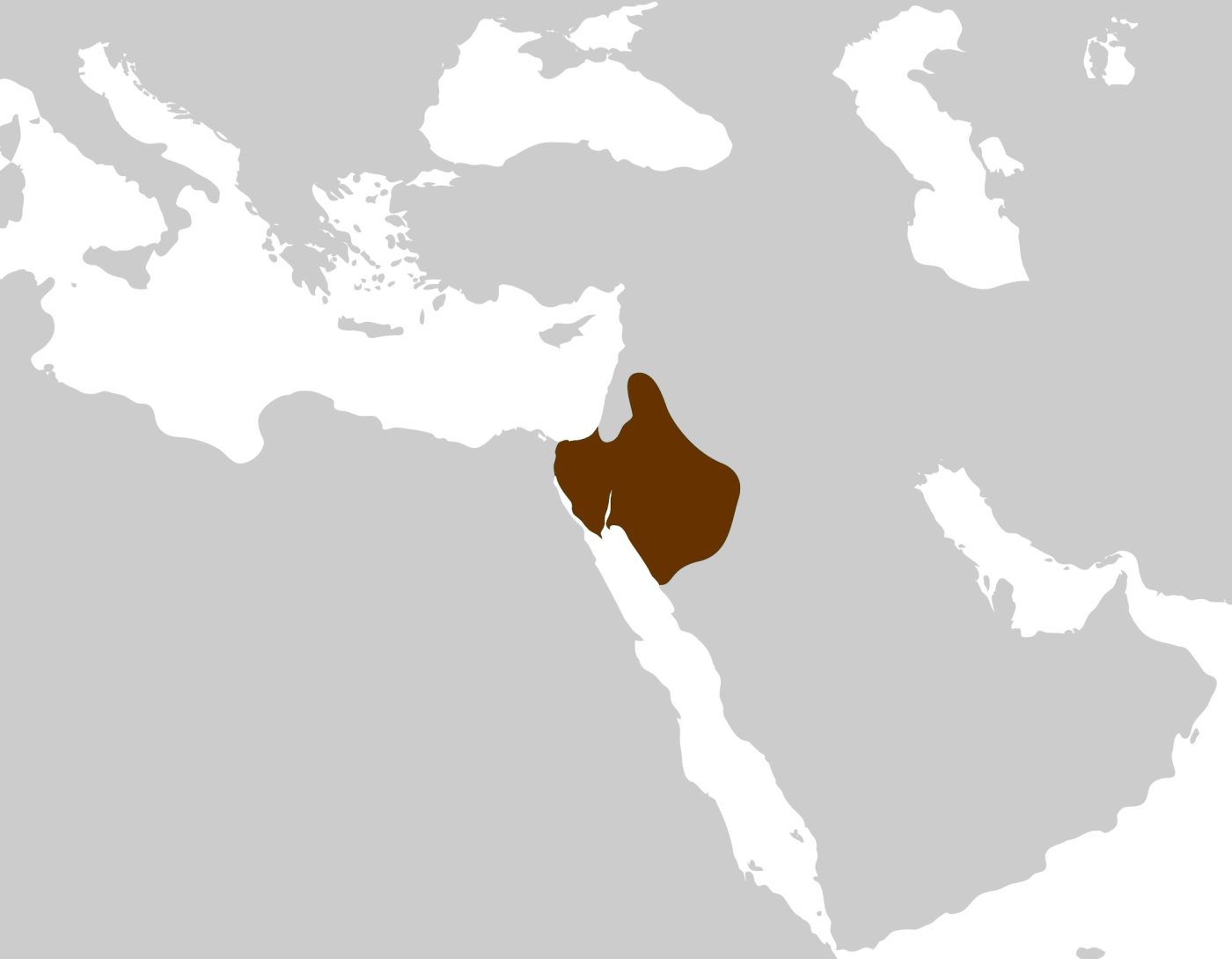
Trajan’s Move
In 106 AD, Trajan made his move. The exact reasons for the annexation remain a subject of debate among historians. Some suggest it was Nabatea’s wealth, while others point to its strategic location as a gateway to the East. Regardless of the motive, Roman legions moved into Nabatea, and with minimal resistance, the kingdom was annexed.
Aftermath
With the annexation, Nabatea was renamed “Arabia Petraea”. The once-thriving trade hub of Petra was integrated into the Roman trade network. The famed Incense Route, which passed through Nabatea, now came under Roman control, further enriching the empire’s coffers.
Moreover, the cultural exchange that followed brought new architectural styles, art, and customs into the Roman milieu, adding another layer to its already diverse tapestry.
More of → “Figures” ←
FAQ
1. How did Trajan’s personal leadership style influence the Roman Empire’s expansion during his reign?
Trajan’s leadership was marked by a combination of military acumen, diplomatic finesse, and a genuine concern for the well-being of his subjects. Unlike some of his predecessors, Trajan believed in leading from the front, often participating in military campaigns personally. His approachable nature and willingness to adopt policies for the greater good, such as his famous alimenta (welfare program), garnered him immense respect, facilitating smoother annexations and integrations of new territories.
2. What role did naval power play in Trajan’s expansionist strategies?
While Trajan is often celebrated for his land campaigns, the Roman naval fleet played a pivotal role in his expansionist endeavors. The navy ensured the safe transportation of troops, facilitated trade in newly acquired territories, and patrolled the Mediterranean, deterring piracy and ensuring the smooth flow of goods. This maritime dominance complemented Trajan’s land campaigns, providing a holistic approach to expansion.
3. How did the Roman populace react to Trajan’s rapid territorial expansions?
The Roman citizenry largely viewed Trajan’s conquests with pride and admiration. The influx of wealth from new territories led to economic prosperity, which was channeled into public works, infrastructure, and grand architectural projects. The famous Trajan’s Market and Column are testaments to this prosperity. However, with expansion also came challenges, including the need for increased military enlistment and the cultural assimilation of diverse populations, which presented nuanced reactions from different sections of Roman society.
4. What were the religious implications of Trajan’s expansions, especially in the Eastern territories?
Trajan’s eastern conquests brought the Roman Empire into contact with a myriad of religious practices and beliefs. While the Romans were generally tolerant of local religions, they often integrated aspects of these faiths into their own religious fabric. The annexation of territories with strong Zoroastrian and early Christian influences, for instance, introduced new religious dynamics, leading to both syncretism and occasional tensions within the broader Roman religious landscape.
5. How did Trajan’s expansion impact the Roman economy, especially in terms of trade?
Trajan’s territorial gains had profound economic implications. New regions meant access to unique goods, raw materials, and trade routes. The annexation of Nabatea, for example, gave Rome control over the lucrative Incense Route. Dacia’s gold mines enriched the Roman treasury. These economic boons facilitated trade, leading to a more interconnected empire where goods, ideas, and innovations flowed more freely, bolstering the overall Roman economy.
What do you think was Trajan’s greatest achievement as emperor 🏆 ? Share your thoughts below 💭!
This was a delight to read. You show an impressive grasp on this subject! I specialize about Appliances and you…
i think he was just a crazy guy, a victim of his childhood and enviroment
super interesting 🤔
Loved this article, learned a lot!


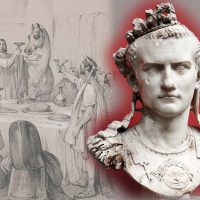
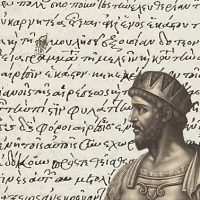
Leave a Reply